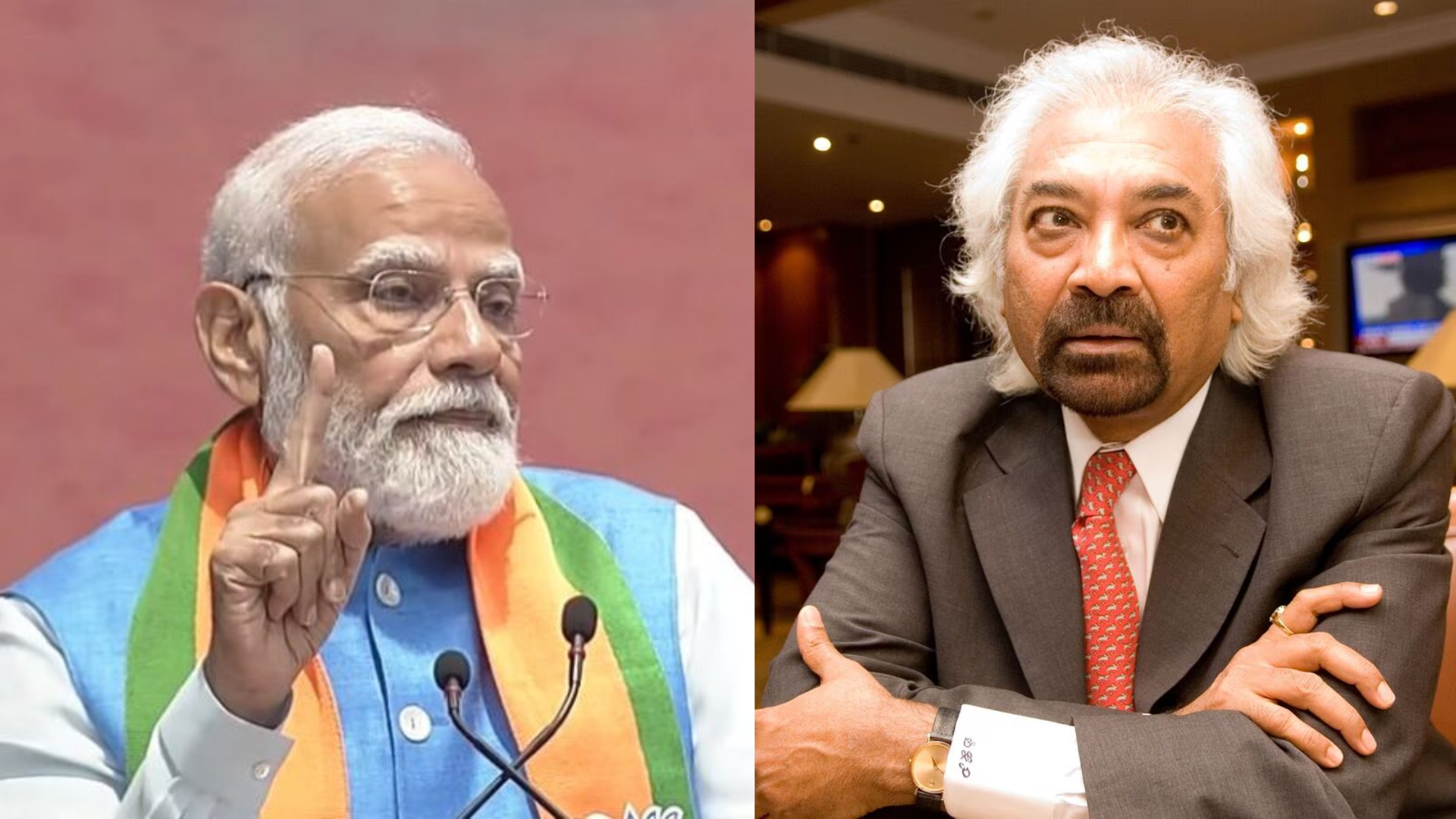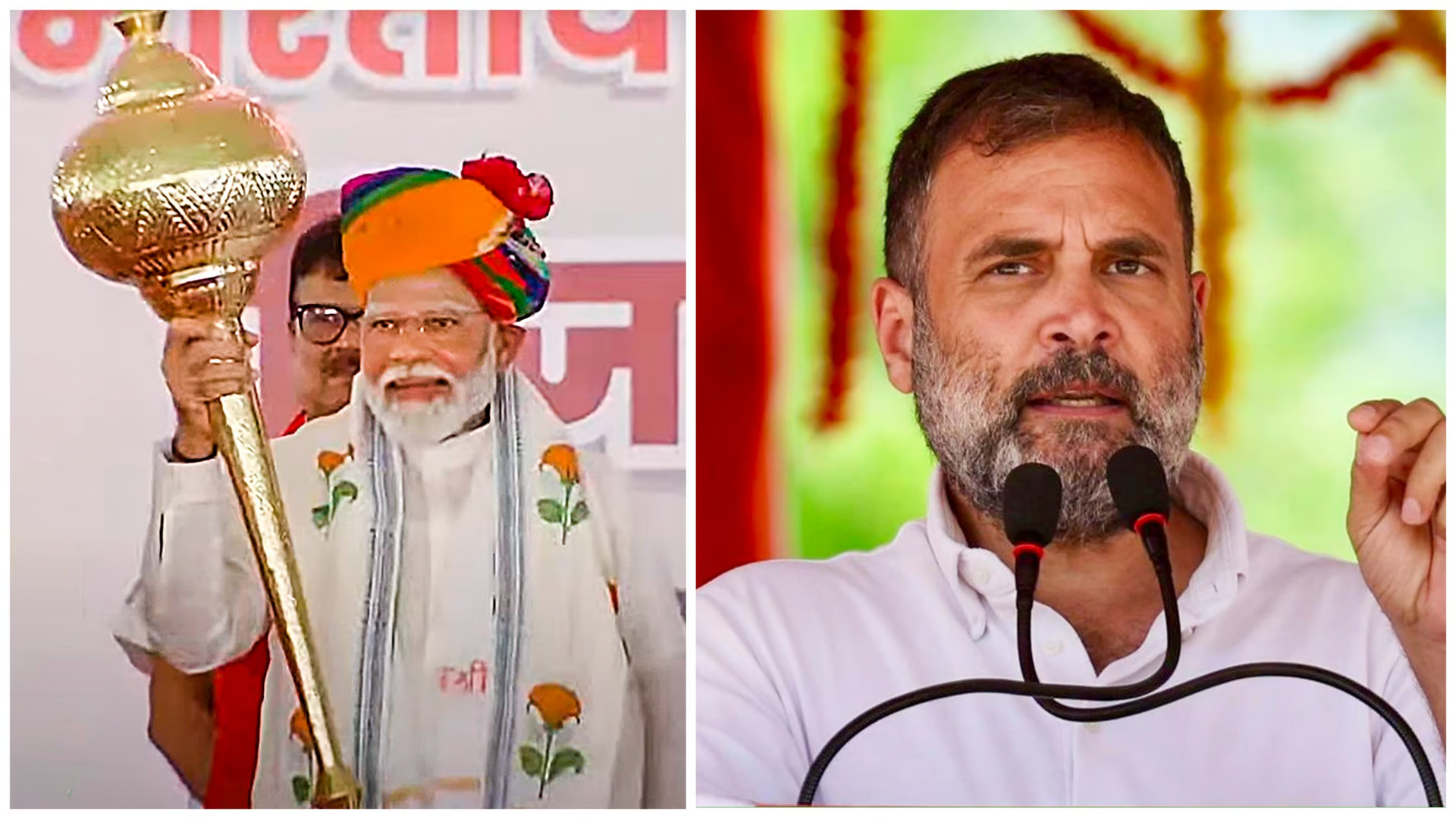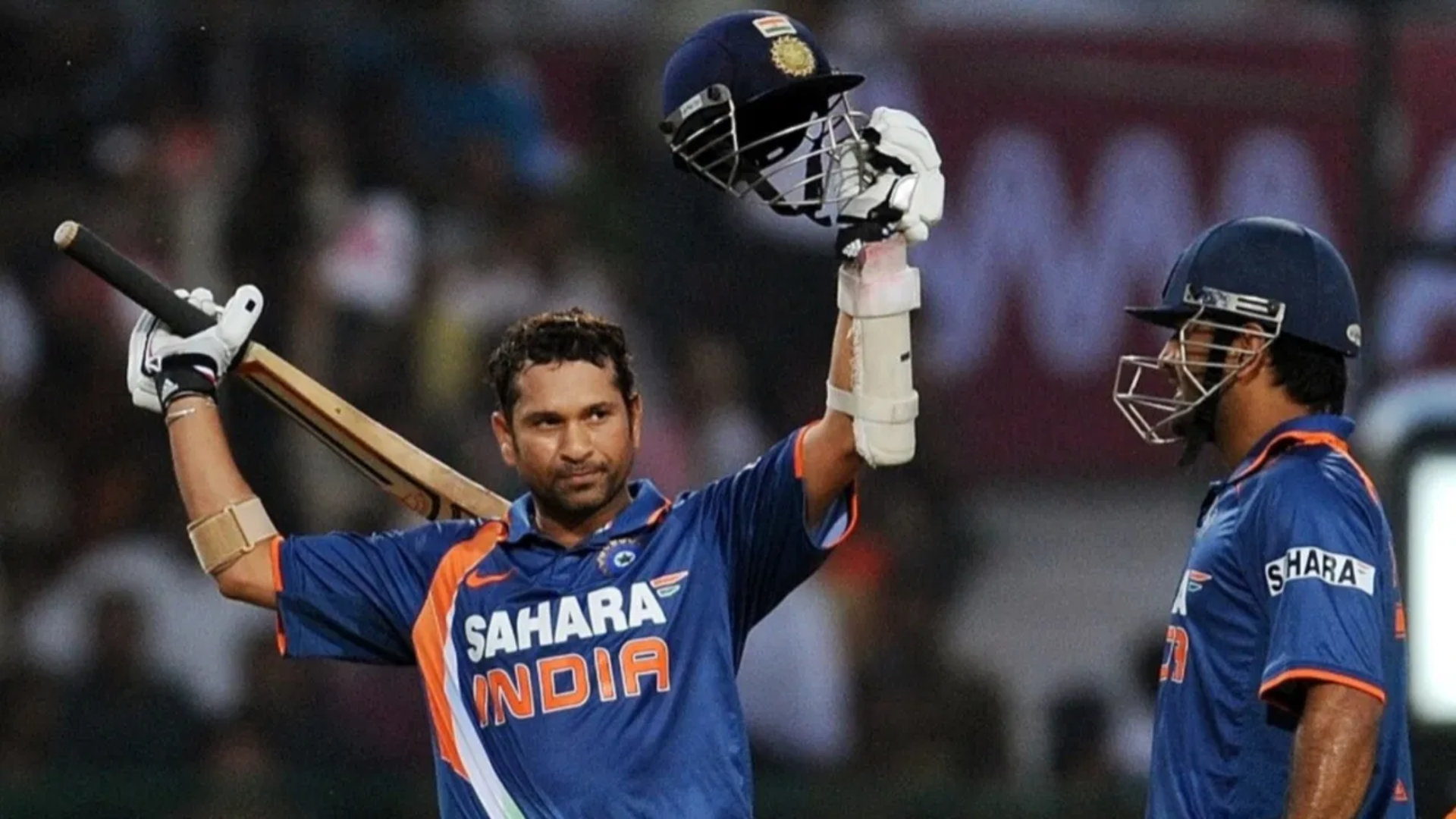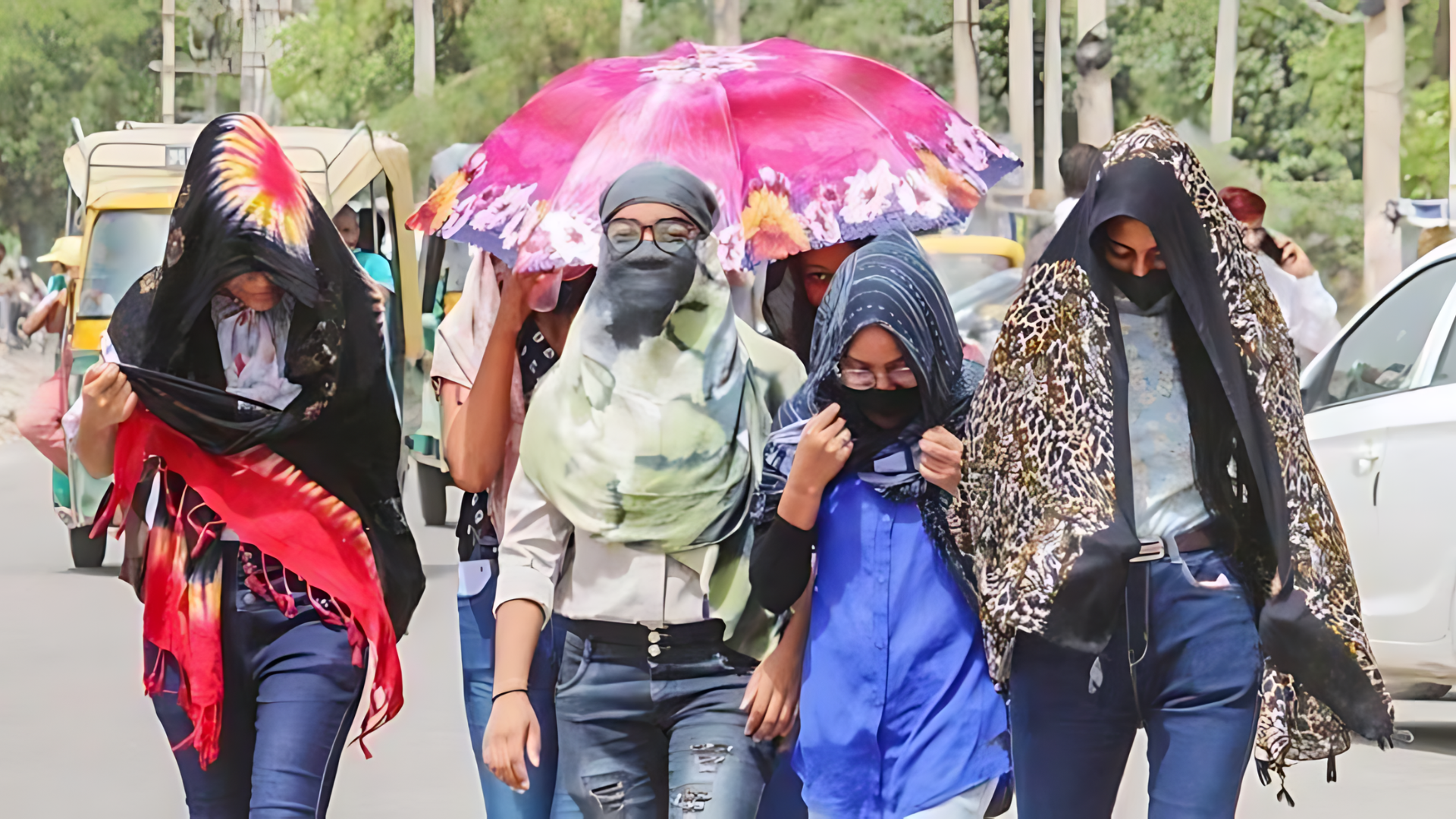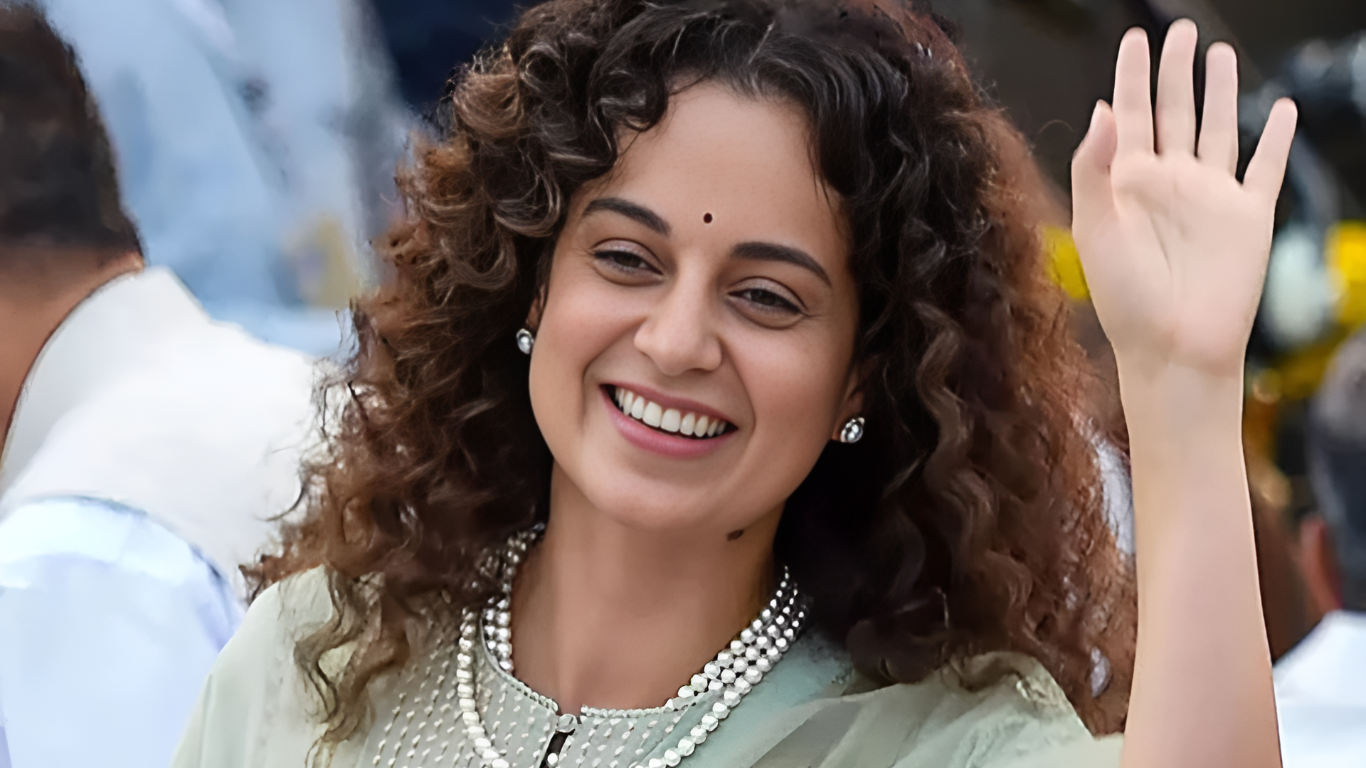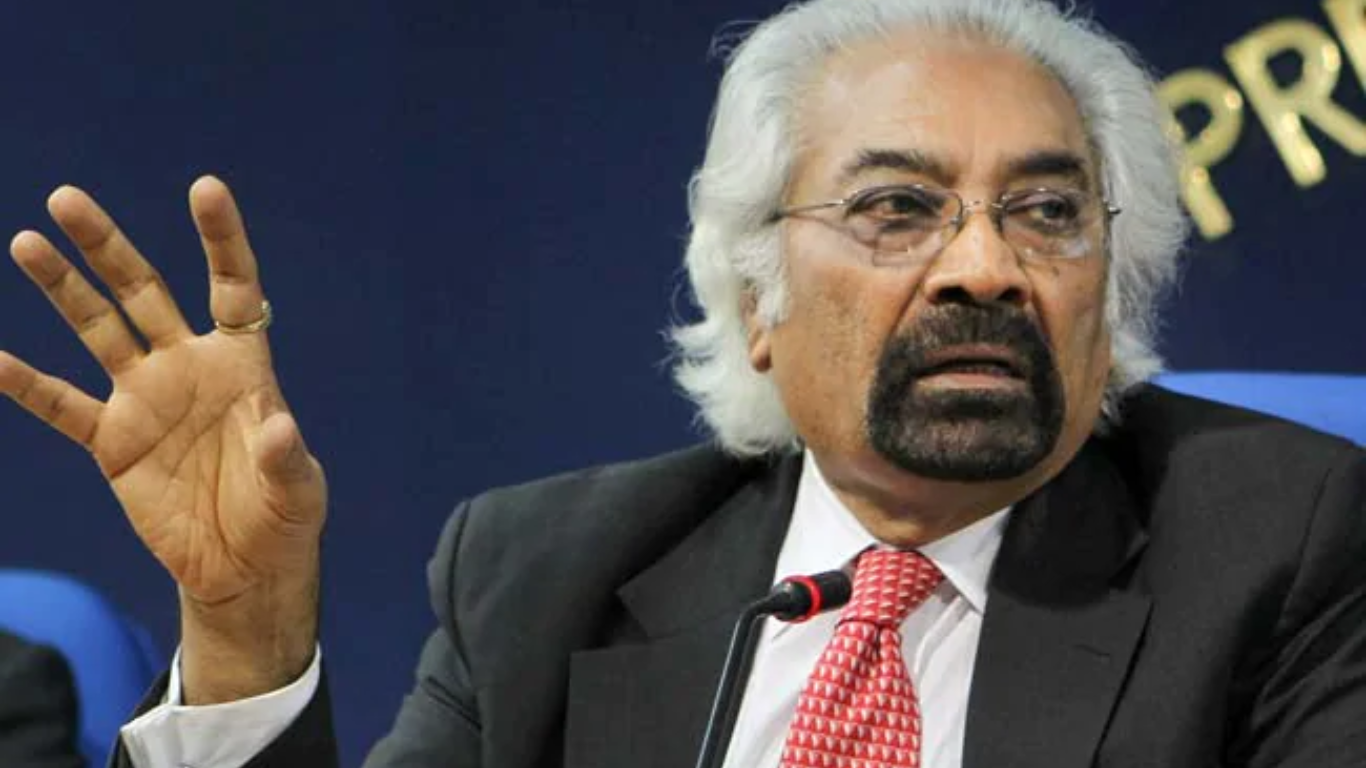


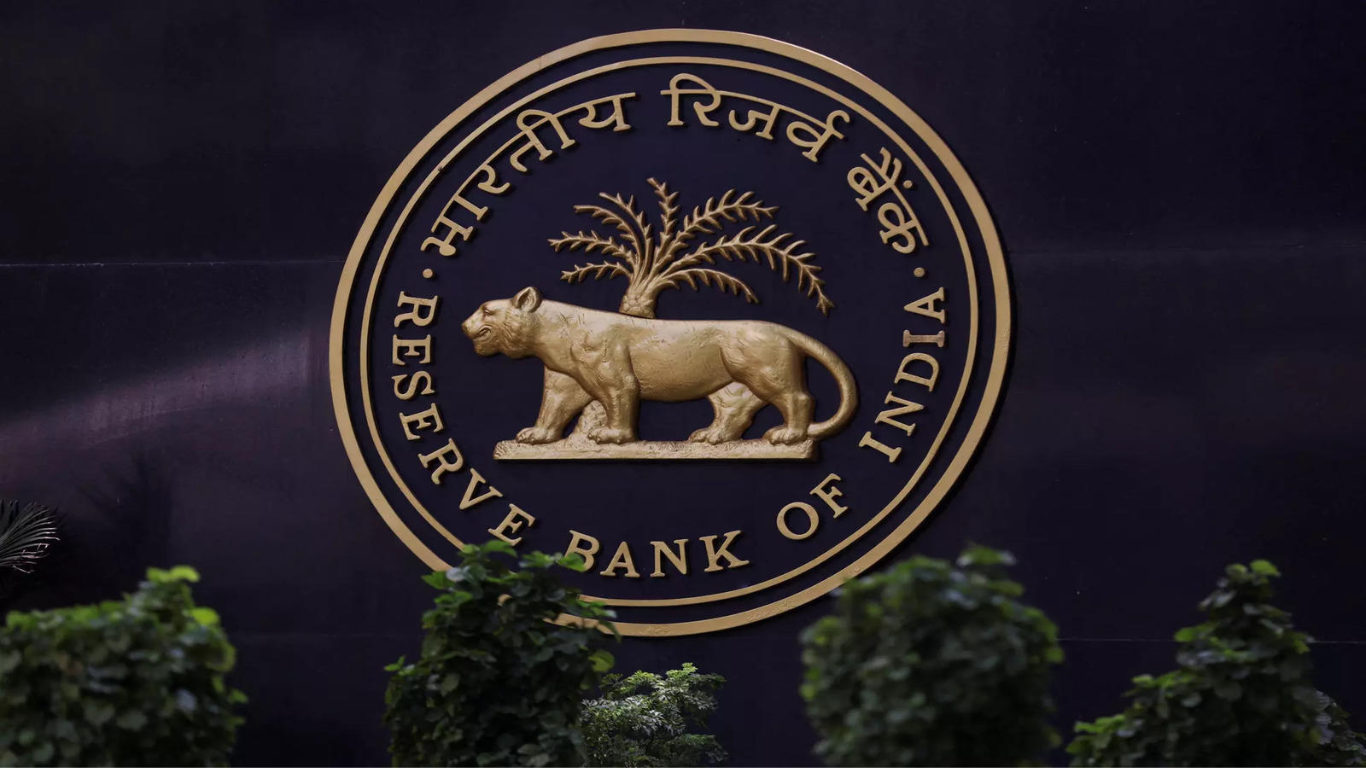
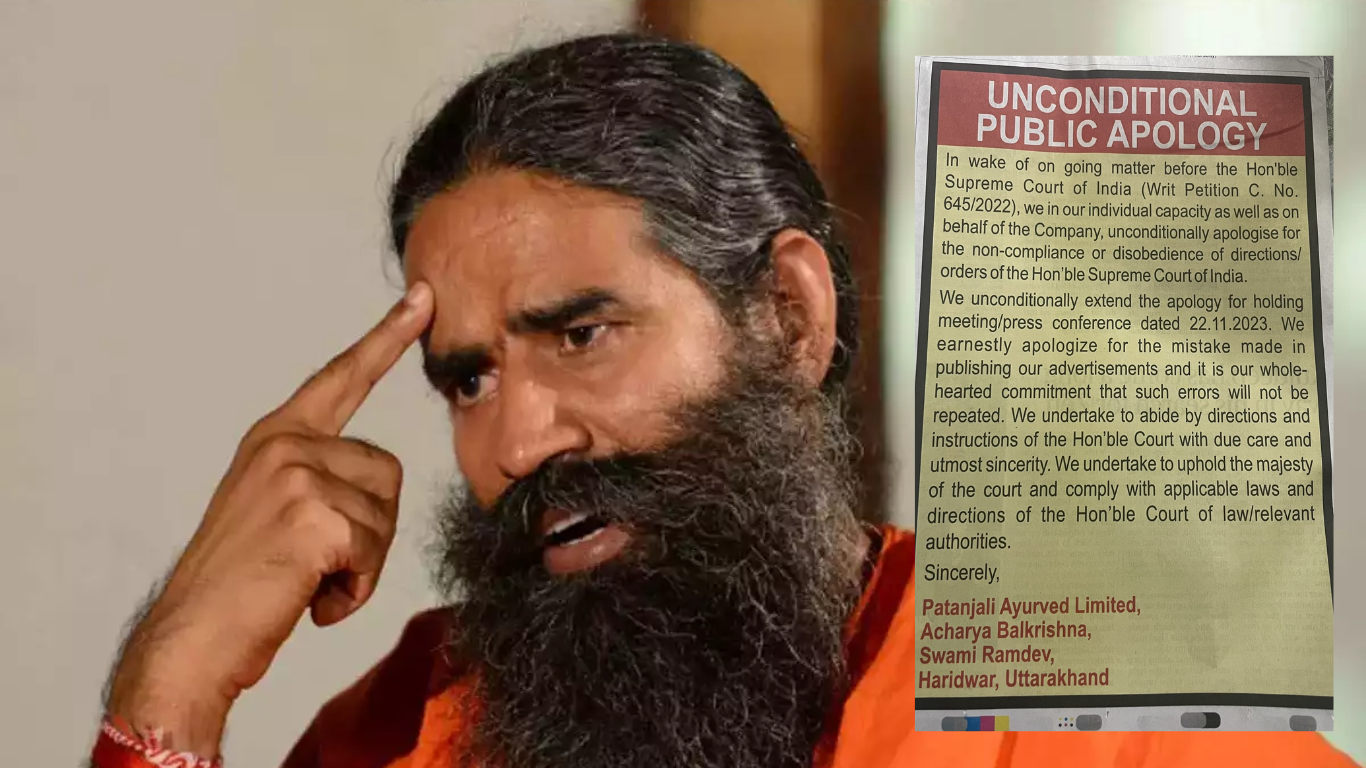
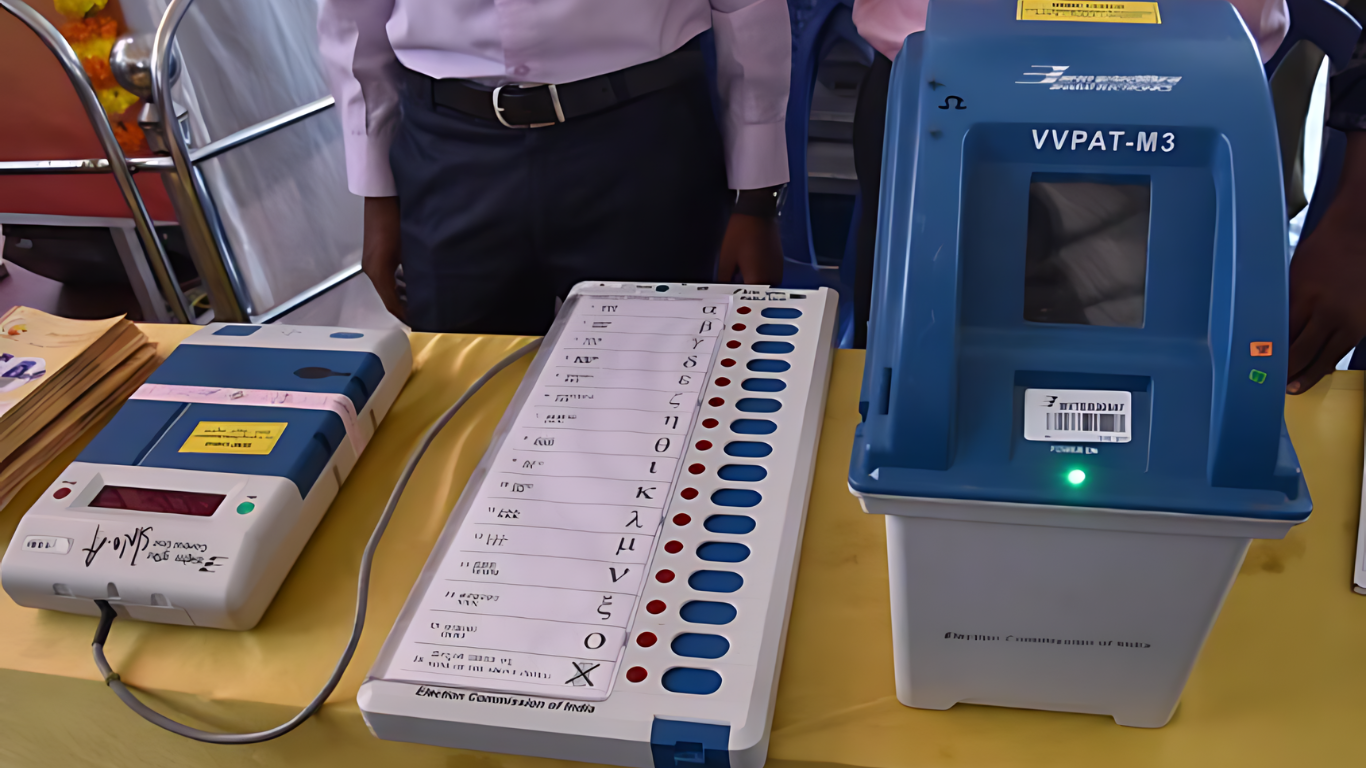

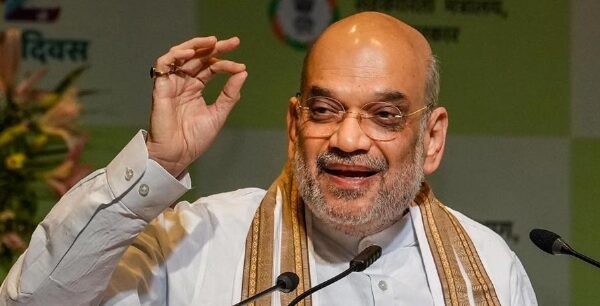
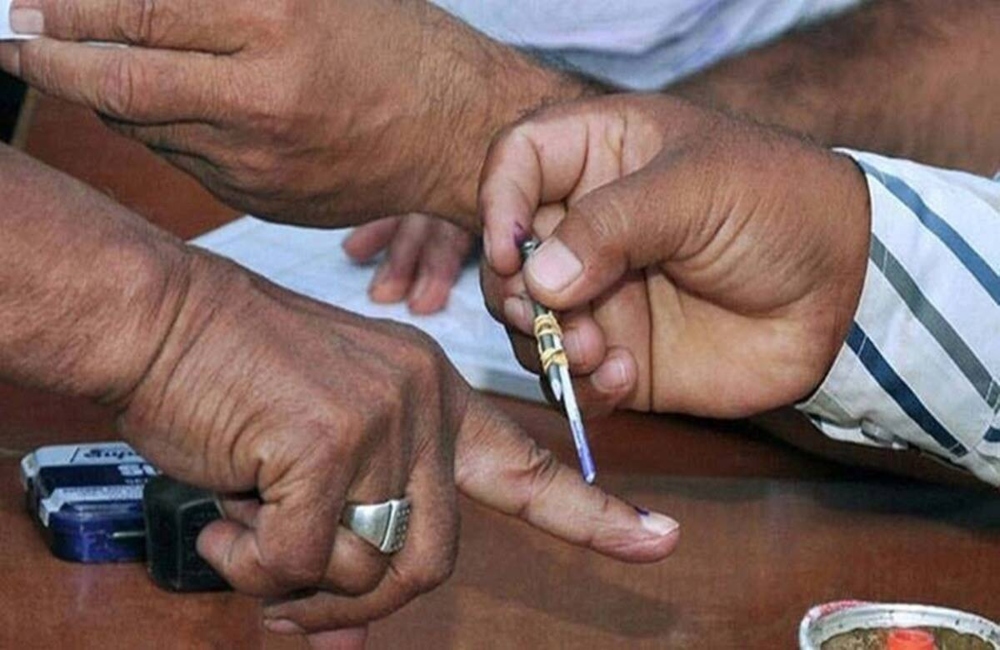
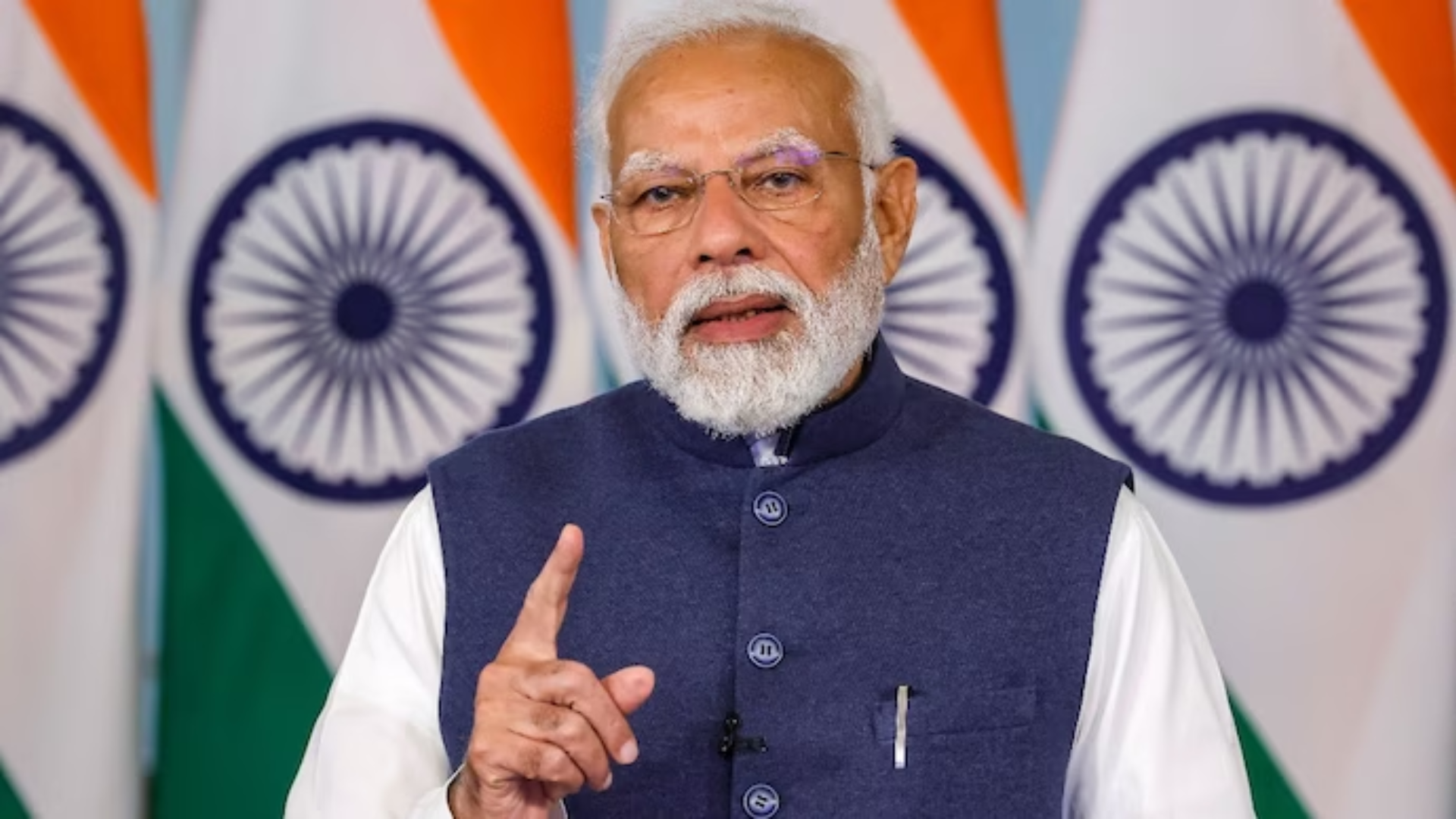
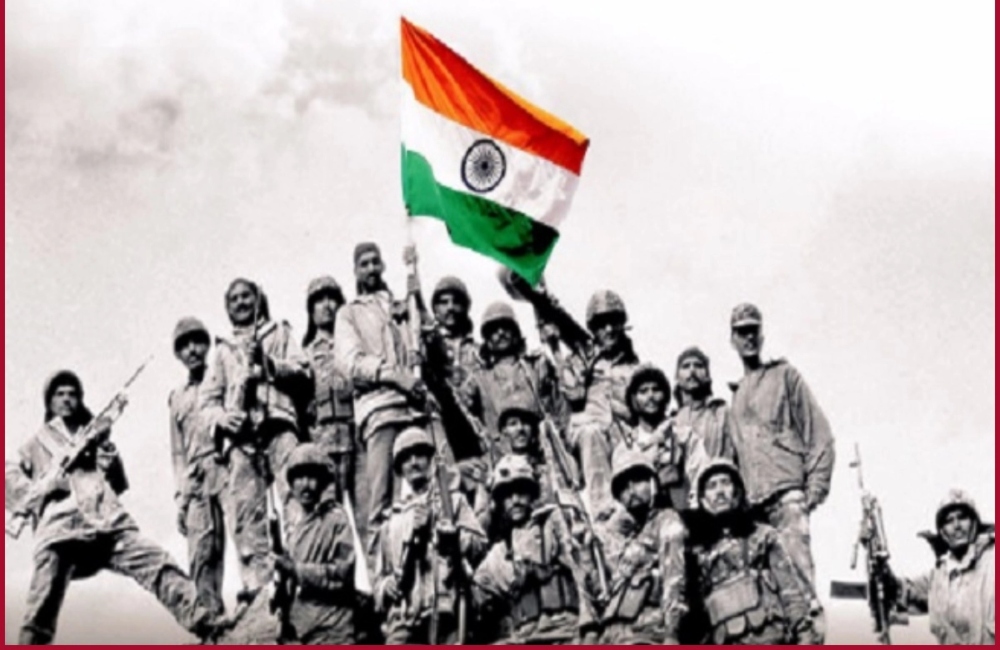
To commemorate India’s resounding victory over Pakistan in the 1971 war—which led to the liberation of East Pakistan and the founding of Bangladesh—Vijay Diwas is observed on December 16 in India.
Vijay Diwas 2022: History and Significance
Following a 13-day India-Pakistan War, Pakistan signed the instrument of surrender in Dhaka on December 16, 1971. The Pakistani Army’s capitulation to Indian forces was complete with the surrender of almost 93,000 soldiers. With this resounding triumph, India asserted its dominance in the area.
Vijay Diwas 2022: Key Facts of the Day
The battle for independence by the people of Bangladesh, the treatment of the Bangladeshi masses by West Pakistan, and the tampering with the results of the elections in East Pakistan served as the conflict’s initiators. Another factor in the conflict was the widespread genocide of the East Pakistani people carried out by General Yahya Khan’s dictatorial military administration in Pakistan.
On March 26, 1971, East Pakistan formally requested succession.
The Pakistani army’s abuses in East Pakistan have a long history and are well documented. The policy of his predecessor, Lt Gen Tikka Khan, was harsh, killing civilians and scorching the earth, according to Lt Gen A A K Niazi, Commander of Eastern Command and Chief Martial Law Administrator. I want the land, not the people, he told the soldiers. Brig. (later Lieutenant General) Jahanzeb Arbab and Major General Farman Ali scrupulously followed these directives. The phrase “Green land of East Pakistan would be painted red” was penned by Farman in his desk journal.
Niazi continues, “The military operation was a demonstration of stark savagery, more merciless than the atrocities at Jallianwala Bagh by the British General Dyer or at Bukhara and Baghdad by Changez Khan and Halaku Khan.”
The military decision that “the defence of the East lies in the West” was made under President Ayub Khan on the grounds that, if the military had been divided into two wings, neither of them would have been able to withstand the Indian army. In order to defend the border, a larger element of the Pakistani army was stationed in West Pakistan while a far smaller force was positioned in East Pakistan.
The Indian Army was then given the order to support Bengali nationalist groups in their struggle for Bangladeshi independence in East Pakistan.
General Niazi claimed that Pakistan’s strategy was based on the idea that India had “prepared only a limited action” to create Bangladesh Government in East Pakistan during his interrogation in India after the war. Pakistan positioned her forces thinly along the border, over a distance of over 250 miles, and gave them the directive to hold out at all costs based on this judgement.
Pakistani soldiers were consequently confined to the outer ring. As a result, the Mukti Bahini were able to increase their influence within East Pakistan. In actuality, India’s goal was not to seize a specific piece of land, but by the time this was understood, it was much too late for Pakistan to correct its strategic error.
Indian military collaborated with the Mukti Bahini militants in East Pakistan to fight Pakistani troops there. Throughout the conflict, the Southern Command defended the nation’s frontiers from Pakistani attacks. The engagements fought in the operational area of the Southern Army include the storied clashes of Longewala and Parbat Ali. Here, hardy Indian soldiers wiped out Pakistan’s armoured forces.
Operation Trident was launched by India on December 4, 1971. During this operation, the Indian Navy’s Western Naval Command successfully conducted a surprise attack on Karachi harbour. The cover name for it was Trident.
Members of the storied 10 Para Commando Battalion, led by Lieutenant Colonel (later Brigadier) Bhawani Singh, launched a raid on the Pakistani village of Chachro. These battles have changed the course of history and show how courageous, tenacious, and determined our troops are.
On December 14, the IAF attacked a house where a meeting with the governor of East Pakistan was in progress. Pakistan is still suffering from this attack. Because of this, the process of surrender started on December 16th, 1971.
The surrender in the East
Even though Niazi had defiantly promised the media agency just twenty-four hours earlier that the army would fight to the last soldier, Dacca fell without a fight. Niazi, however, chose to tamely sign the instrument of surrender in a formal public ceremony on December 16 rather than perform any acts of valour.
On December 16, the Indian prime minister announced the surrender over All India Radio, informing Pakistan’s population of the news. Following an agreement between the leaders of India and Pakistan, fighting has halted in the Eastern theatre, and the Indian troops have entered Dacca, Radio Pakistan soft-pedaled the news of the surrender in its 5 p.m. news report.
West Pakistan had terrible effects from Pakistan and the founding of Bangladesh, which are still being felt today. Dacca was overthrown physically, and Pakistan was mentally destroyed as well. The idea that Muslims on the subcontinent established a country and formed two nations was disproved.
As a result, December 16 is observed as “Vijay Diwas” nationwide to honour India’s victory over Pakistan. Reports state that during the fight of 1971, 3,900 Indian soldiers are thought to have perished and 9,851 were hurt.

